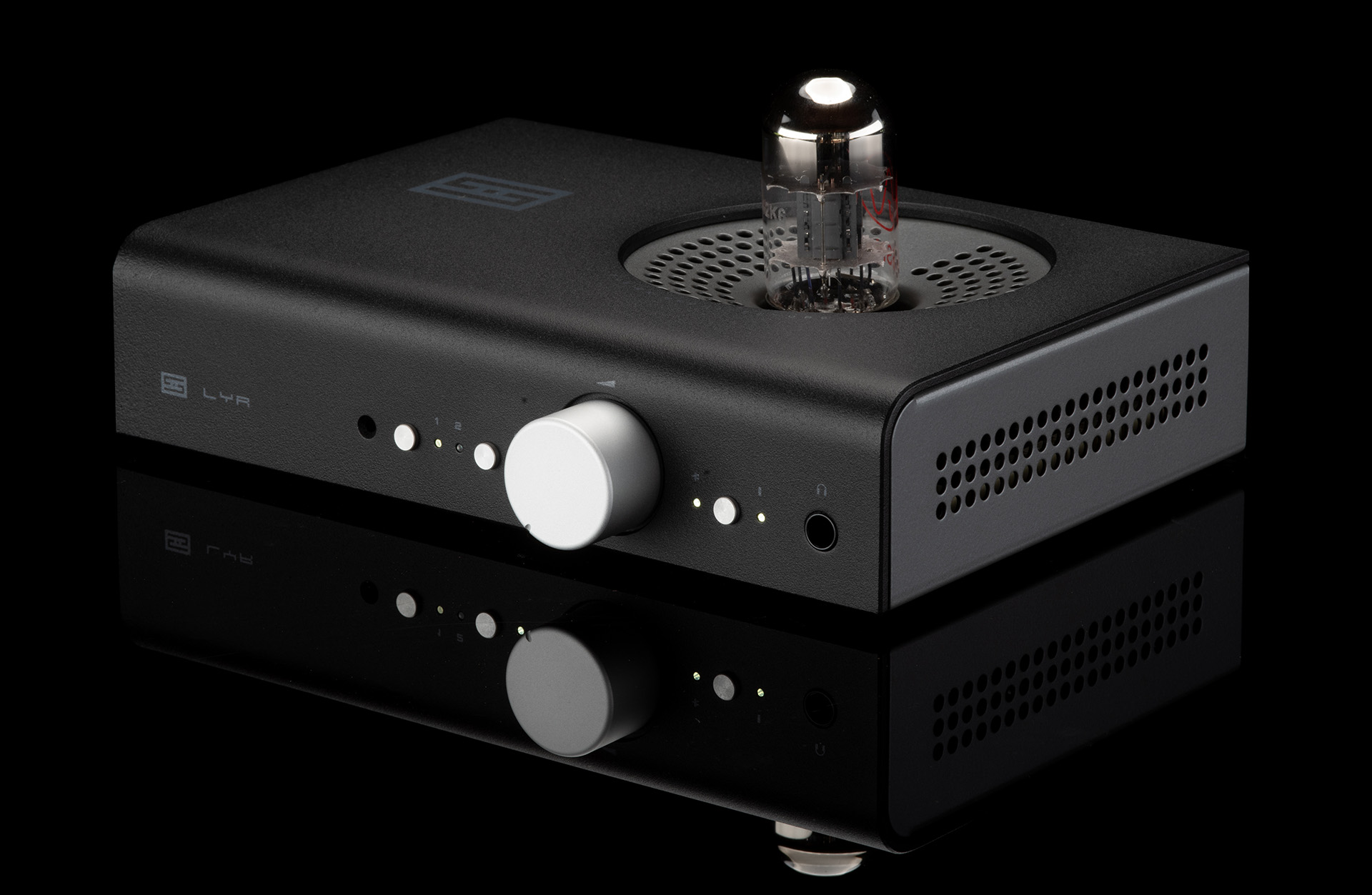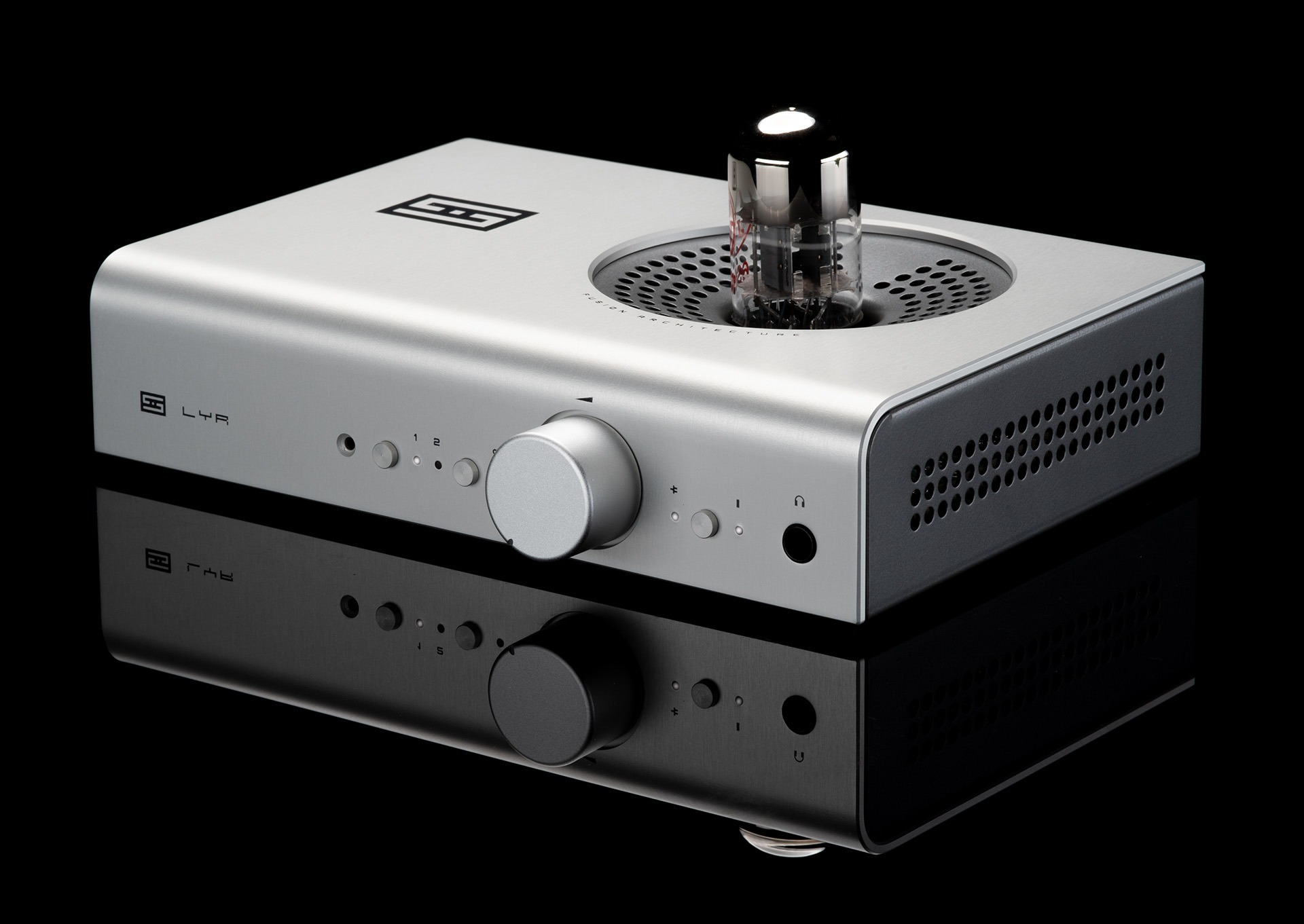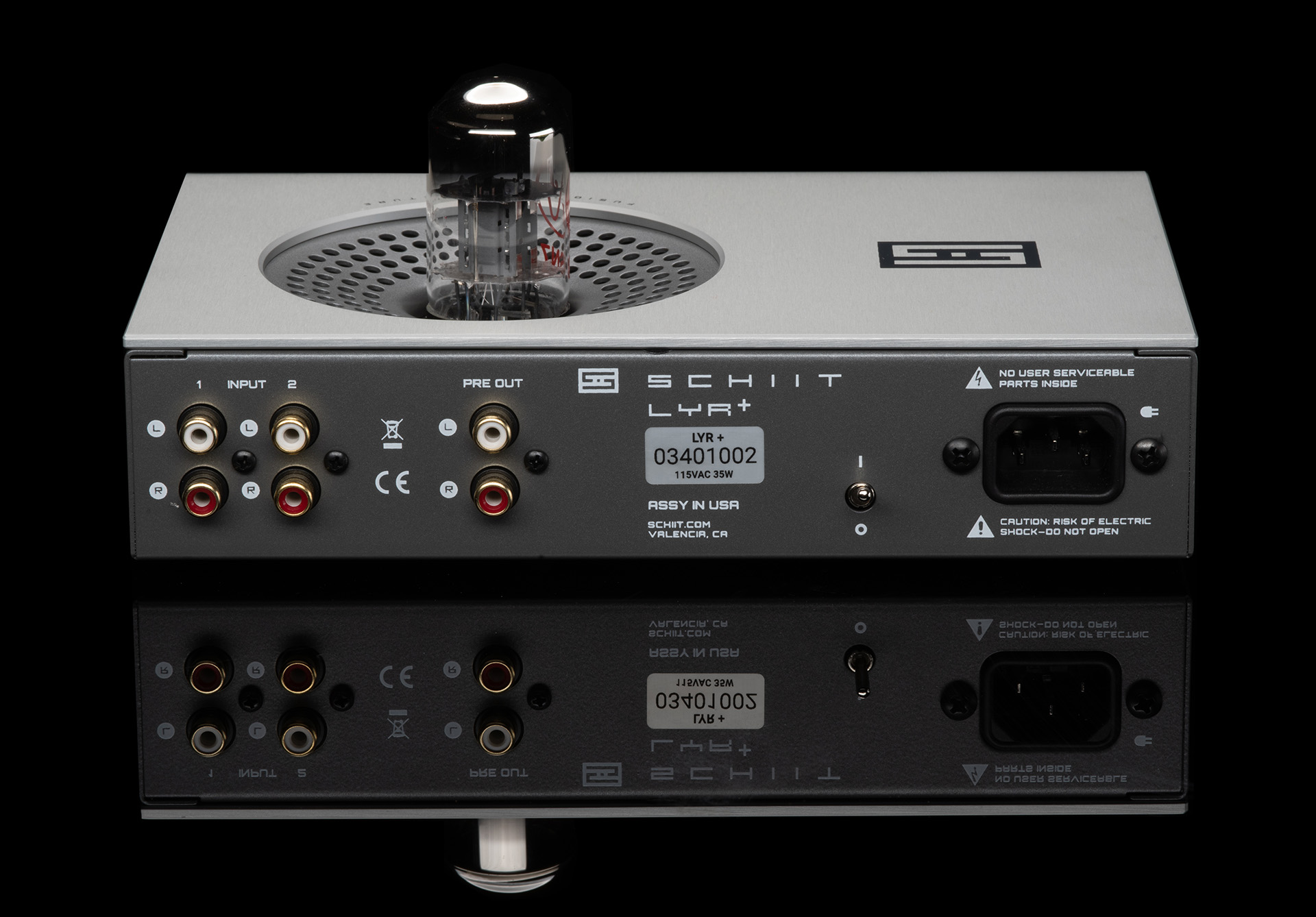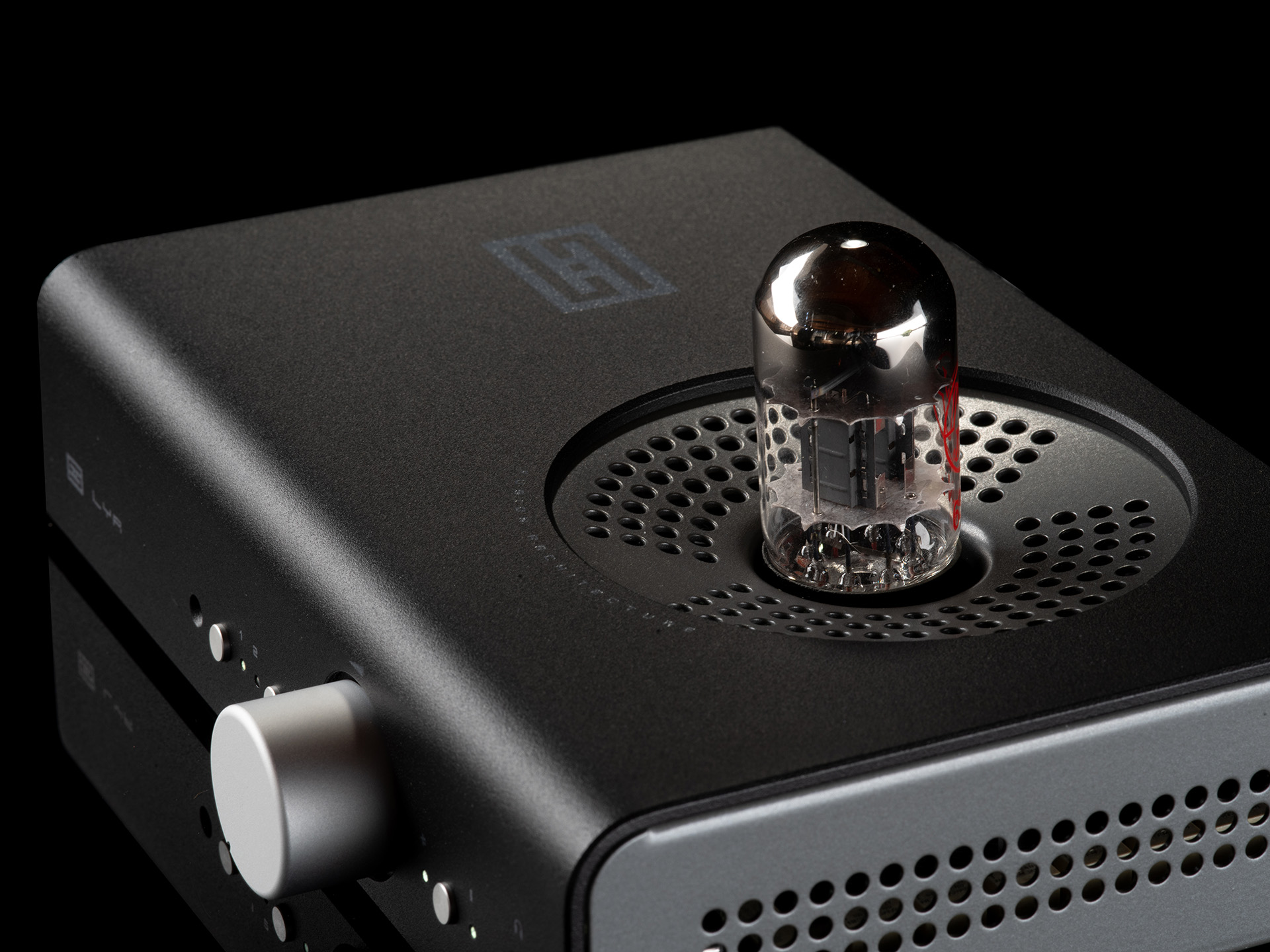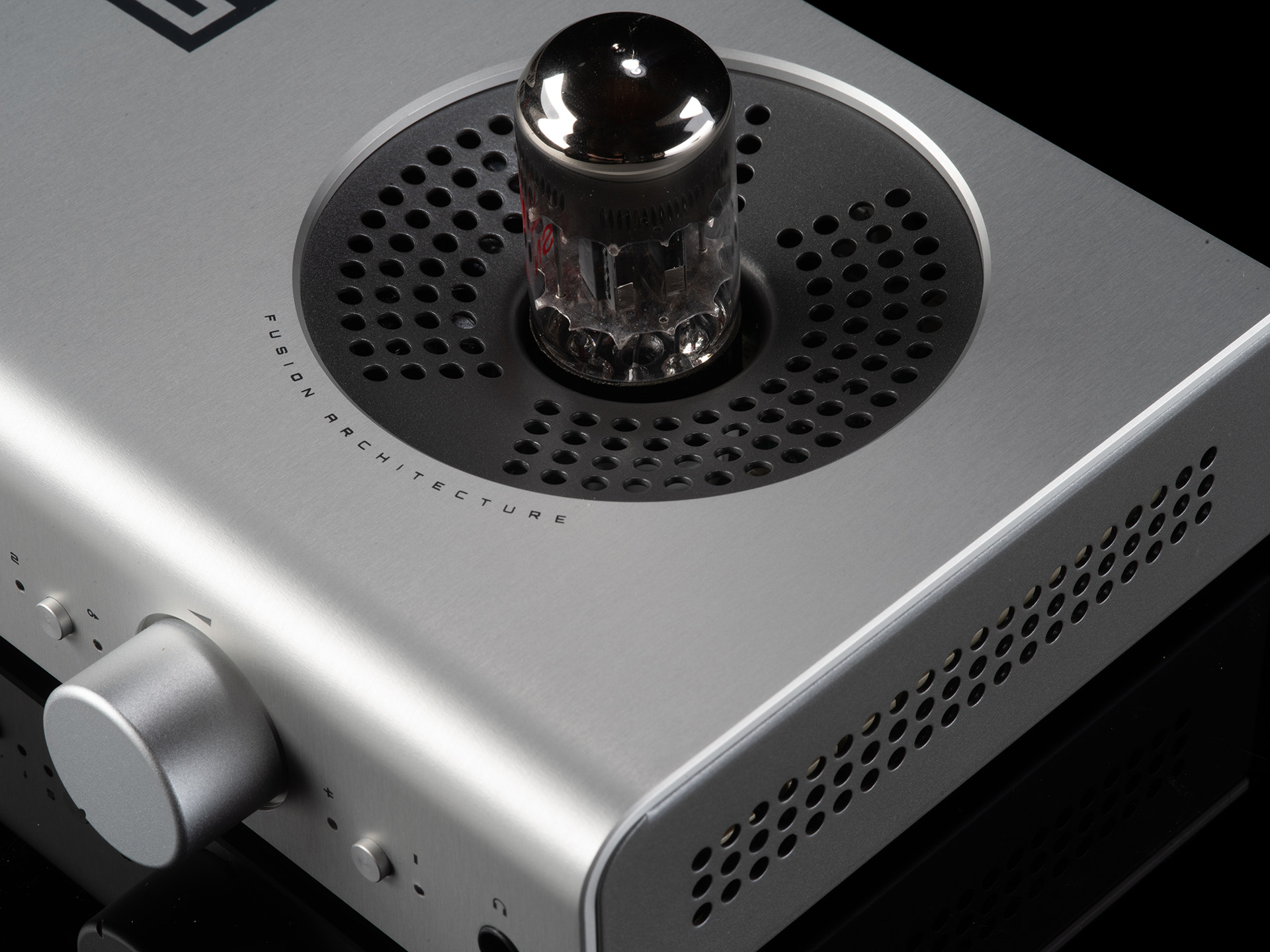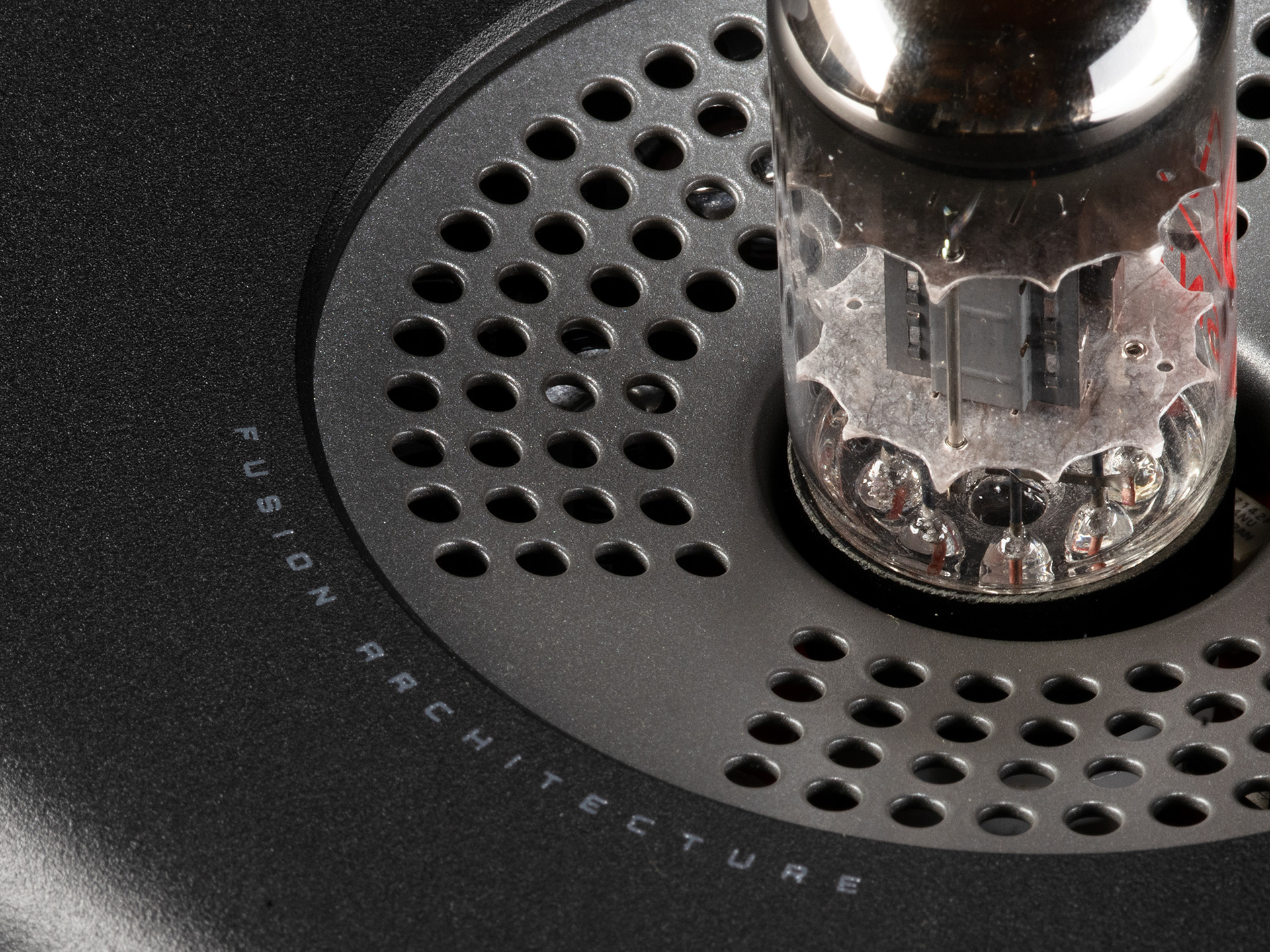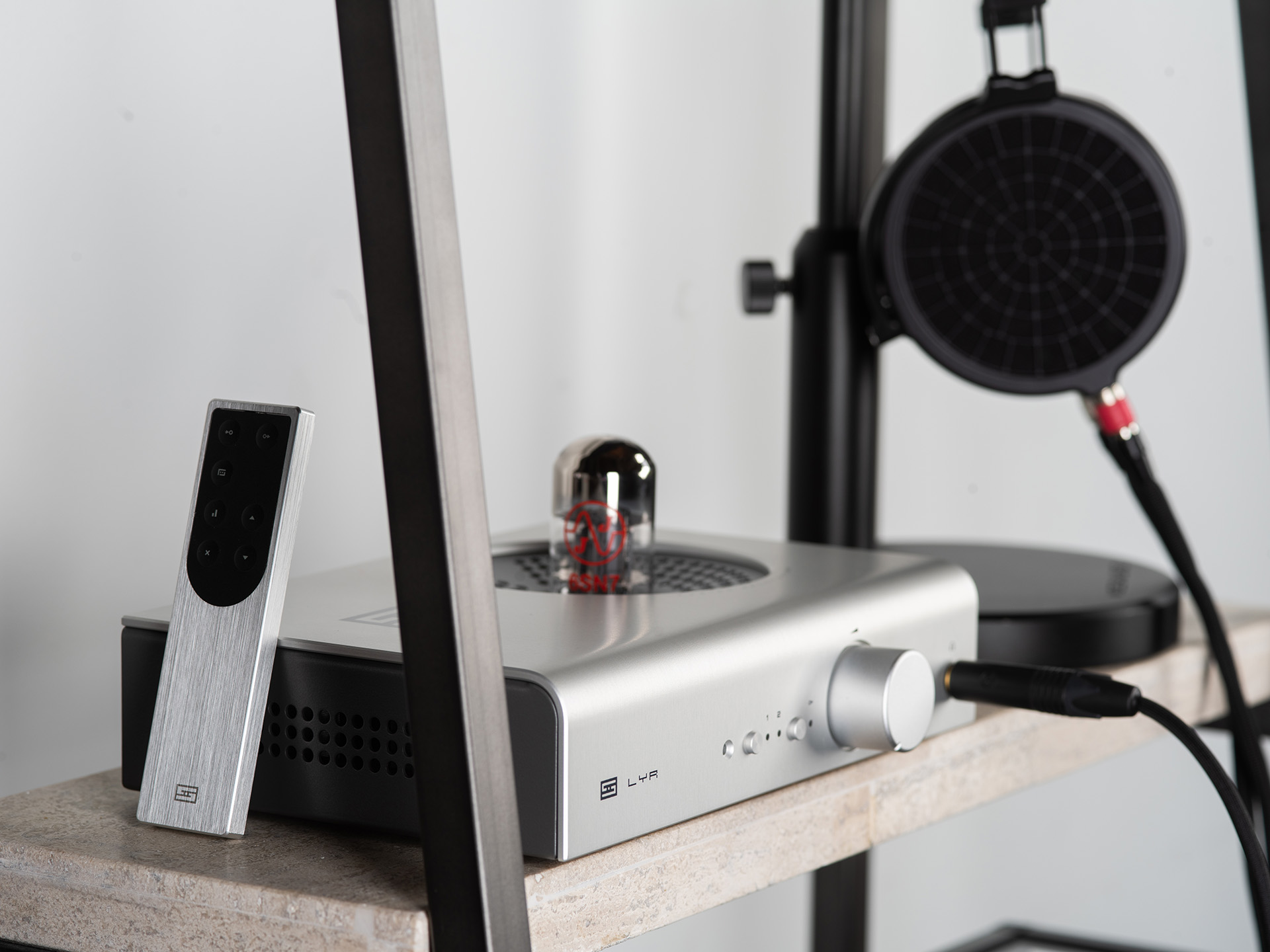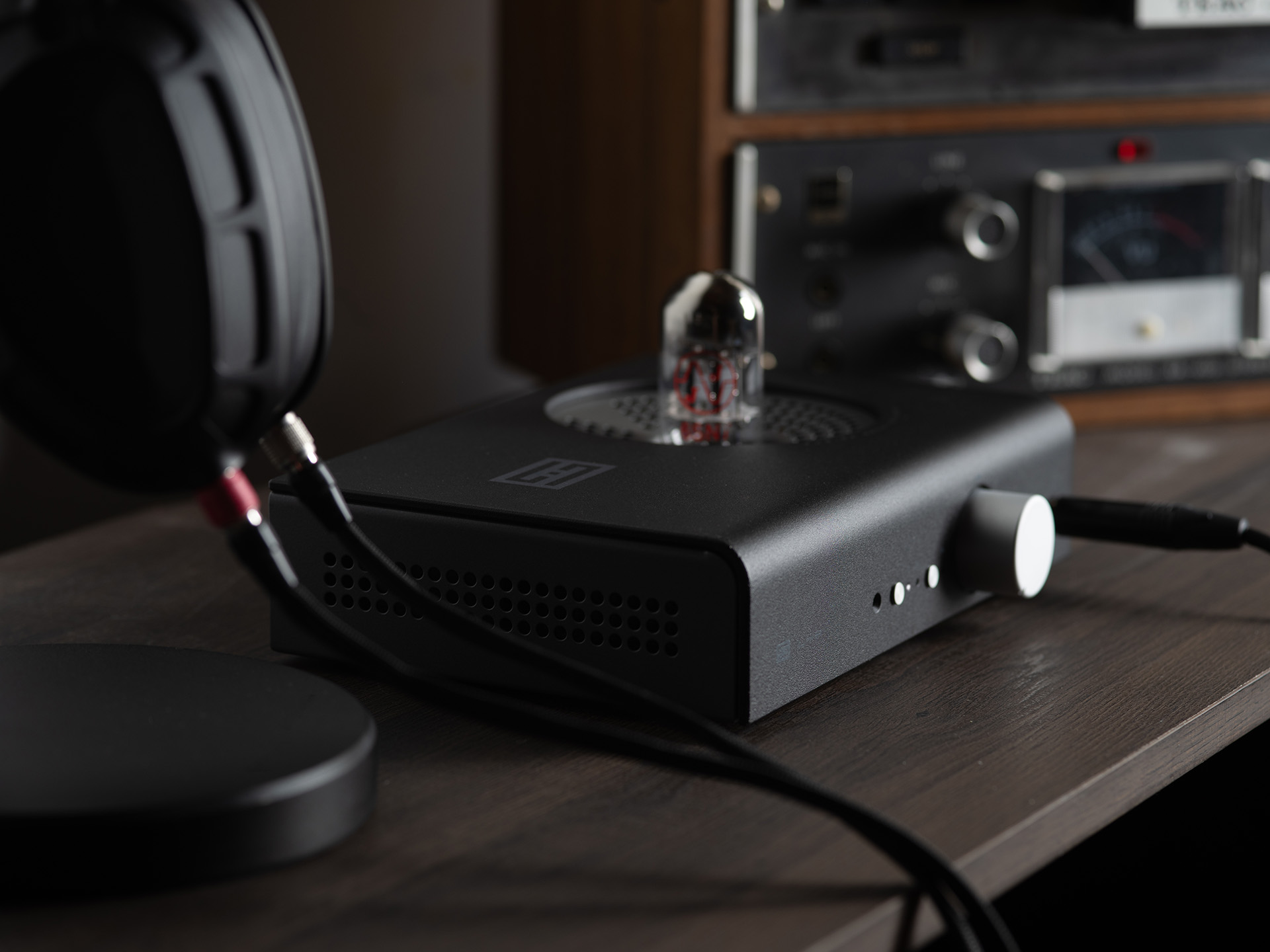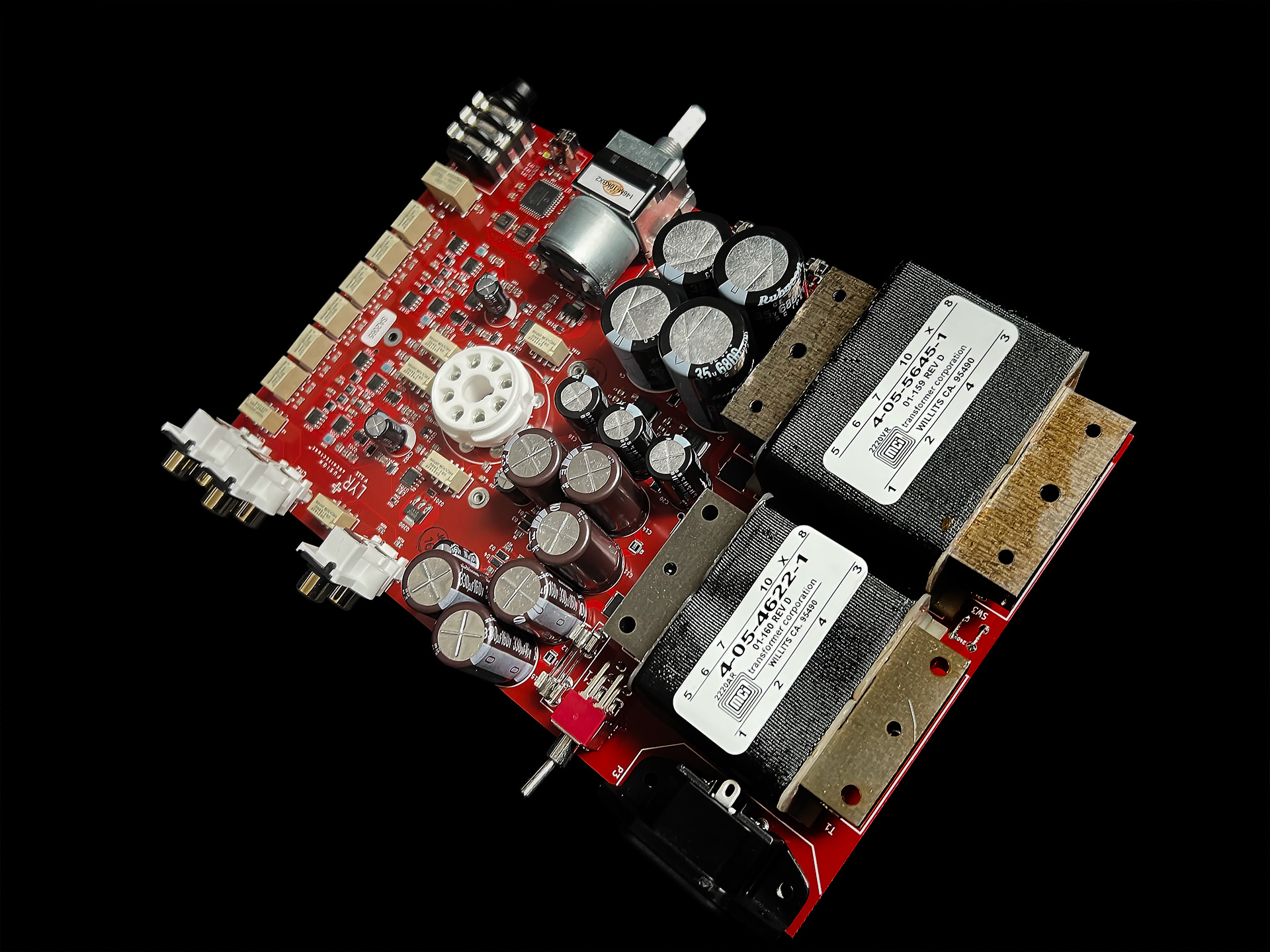Solid State Mode, Low Gain
THD: < 0.0015%, 20Hz-20KHz, at 2V RMS, 32 ohms
IMD: < 0.001%, CCIR at 2V RMS, 32 ohms
SNR: > 115db, unweighted, referenced to 2V RMS
Crosstalk: < -72dB, 20Hz-20KHz, 32 ohms
Output Impedance: 0.4 ohms
Tube Mode, Low Gain
THD: < 0.003%, 20Hz-20KHz, at 2V RMS, 32 ohms
IMD: < 0.003%, CCIR at 2V RMS
SNR: > 111db, unweighted, referenced to 2V RMS
Crosstalk: < -70dB, 20Hz-20KHz, 32 ohms
Output Impedance: 0.4 ohms
Solid State Mode, High Gain
THD: < 0.003%, 20Hz-20KHz, at 2V RMS, 300 ohms
IMD: < 0.003%, CCIR at 2V RMS
SNR: > 102db, unweighted, referenced to 2V RMS
Crosstalk: < -85dB, 20Hz-20KHz
Output Impedance: 0.6 ohms
Tube Mode, High Gain
THD: < 0.004%, 20Hz-20KHz, at 1V RMS, 32 ohms
IMD: < 0.005%, CCIR at 1V RMS
SNR: > 97db, unweighted, referenced to 2V RMS
Crosstalk: < -85dB, 20Hz-20KHz
Output Impedance: 0.6 ohms
Preamp Output, Low Gain, Solid State
THD: < 0.0003%, 20Hz-20KHz, at 2V RMS
IMD: < 0.0003%, CCIR at 2V RMS
SNR: > 118db, unweighted, referenced to 2V RMS
Crosstalk: < -95dB, 20Hz-20KHz
Output Impedance: 75 ohms
Preamp Output, Low Gain, Tube
THD: < 0.0025%, 20Hz-20KHz, at 2V RMS
IMD: < 0.002%, CCIR at 2V RMS
SNR: > 112db, unweighted, referenced to 2V RMS
Crosstalk: < -90dB, 20Hz-20KHz
Output Impedance: 75 ohms
All Tube and Solid State Modes
Frequency Response: 20Hz-20Khz, +/-0.08db
Maximum Power, 16 ohms: 9.0W RMS per channel
Maximum Power, 32 ohms: 6.0W RMS per channel
Maximum Power, 50 ohms: 4.0W RMS per channel
Maximum Power, 300 ohms: 900mW RMS per channel
Maximum Power, 600 ohms: 450mW RMS per channel
Gain: High 5.7 (15dB), Low 1.2 (1.35dB)
Topology: Coherence ™ fully discrete, current-mode noninverting 6SN7/bipolar hybrid with constant transconductance output stage with Fusion Architecture™ depletion MOSFET gain fallback, 64-step relay ladder volume control
Protection: microprocessor oversight for high DC, over-current, and tube presence; mute on any fault and management of tube and solid state gain modes
Power Supply: two internal power transformers with 72VA total rating, plus with over 55,000uf of filter capacitance; two discrete regulated +/-100V supplies, two high-current +/-26V supplies, four regulated oversight supplies—20V, +/-15V, 5V
Power Consumption: 30W
Size: 9 x 6 x 2”
Weight: 6 lbs

